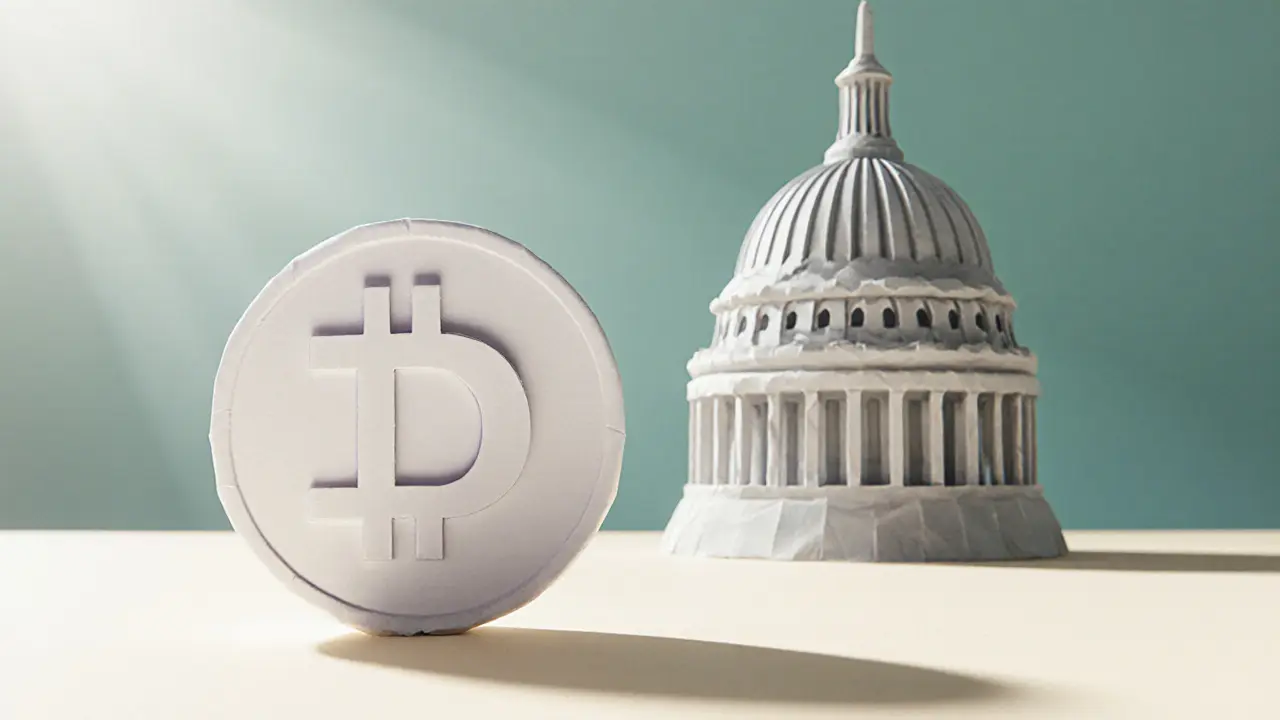DOGE Token Confusion Explained
When you hear DOGE token, the original meme cryptocurrency launched in 2013 featuring the Shiba Inu mascot. Also known as Dogecoin, it has become a cultural staple in crypto discussions. The name alone draws attention, but that fame also invites imitators. That’s why you’ll see projects like DOGGY airdrop, a collection of NFTs marketed as a free giveaway that has no official link to the original token or DOGS token, a separate meme coin that tries to ride the same hype wave. Even DOG‑GO‑TO‑THE‑MOON, another token that uses dog imagery to lure curious investors pops up, adding more layers to the mix. DOGE token itself remains the most recognized, but the flood of look‑alikes makes due diligence a must.
How to Spot the Real Deal
First, check the official channels: the Dogecoin website, its verified Twitter @dogecoin, and the community‑run Discord. Authentic projects will link back to these sources. Second, examine the token contract on reputable explorers – the genuine DOGE contract has a well‑known address that never changes. Third, beware of “airdrop” promises that ask for private keys or seed phrases; legitimate airdrops never need that info. Fourth, compare tokenomics: the original DOGE has an uncapped supply and a predictable inflation schedule, while many imitators hide their supply limits in complex smart contracts. Finally, look at exchange listings – reputable platforms like Binance, Coinbase, or Kraken only list vetted coins, so a sudden appearance on obscure sites should raise red flags.
Understanding these distinctions helps you avoid losing money to copycats. Below you’ll find a curated collection of articles that dive deeper into the tech behind mining, tokenomics of similar projects, and safety tips for navigating the meme‑coin jungle. Explore the guides to see how real DOGE stands apart from DOGGY, DOGS, and DOG‑GO‑TO‑THE‑MOON, and learn practical steps to protect your portfolio as you move forward.

